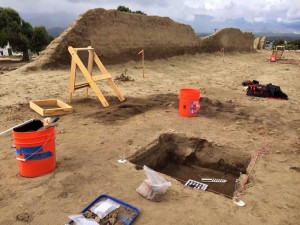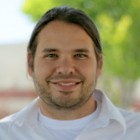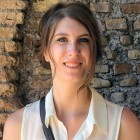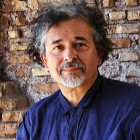Visualizing Archaeology
The Visualizing Archaeology or http://DigDays.org website was funded by a California State University, Monterey Bay, Innovation in Teaching and Learning Grant. The proposed project was granted $10,000 for the development and deployment of an interactive, multimedia-rich, web resource needed to transform existing curriculum into a blended learning approach, flipped or inverted classroom, concerned with “Visualizing Archaeology: A Practice-Based Approach to Lab and Field Methods.” In essence, this blended classroom resource will ultimately consist of an inverted or flipped classroom makeover of the existing SBS 360S (Mission Archaeology) and SBS 360L (Field Archaeology Lab) lab and field offerings in archaeology. The Center for Scholarly Technology at USC defines such an approach as one that “intentionally moves lectures, content and asynchronous activities into an online learning environment.”
In this way, online resources, including electronic forums or blogs, thematically-organized video podcasts, SlideShare.com slide shows, and concept maps may be reviewed by participating students prior to class participation, thereby freeing the lab and field instructor to more fully engage students with face-to-face and active learning methods and data collection in both lab and field contexts. The faculty of the blended classroom as such is thereby free to devote lab and field time to maximizing student engagement that more effectively deepens student understandings of key concepts needed for the mastery of essential lab and field skills, applications, procedures, and data collection. At the same time, the blended classroom and multimedia-rich reformulation of the extant archaeology lab and field curriculum will permit Americans with Disabilities Act (ADA) students and faculty, including the author, to more fully experience the excitement and scholarly outcomes of archaeology from the vantage point of the blended classroom resource and the CSU Monterey Bay campus. Given the author’s extensive lab and field collection of raw video footage, high-resolution digital and 35mm stills, and illustrations produced to document the past 20 years of field studies on the Monterey Bay, funding of this proposal will provision the CSU Monterey Bay community and our students access to the archive so noted.
We seek to transform the extant archaeology lab and field curriculum for SBS 360S and 360L into a blended, inverted or flipped, classroom formula in which student participants will review all instructional content online in anticipation of lab and field days. Normally, such content is administered in classroom, or lab and field contexts, by way of faculty presentations, discussions, and hands-on demonstrations. The funding of this proposal will permit the development of that multimedia content best suited to providing students with essential overviews of lab and field methods, and related content culled from prior documentation available in video and other multimedia resources developed over the span of 19 years of archaeology on the California central coast.
Given the principal investigator’s long experience directing the lab and field projects of the CSU Monterey Bay Archaeology Program, it is clear that the non-traditional, once-a-week Friday field schedule, poses constraints on what would normally constitute a concentrated summer field schedule. The once-a-week field schedule requires considerable attention to repetition and review of field methods. The proposed blended or inverted classroom restructuring will address ongoing efforts to scaffold student learning in lab and field contexts such that the learning process is reinforced on an ongoing basis with video podcasts that review methods and procedures, and concept maps and interactive diagrams that reinforce required lab and field skills sets and the understanding of instrumentation and equipment needs.
Our project team includes archaeologists, cultural resource managers, an Instructional Technologist, a videographer, and archaeology student interns from the CSU Monterey Bay campus. While much of the material intended for the site has already been collected, the design plan intends for the ongoing update and integration of materials needed to see through the broader vision for the Visualizing Archaeology program intended.








